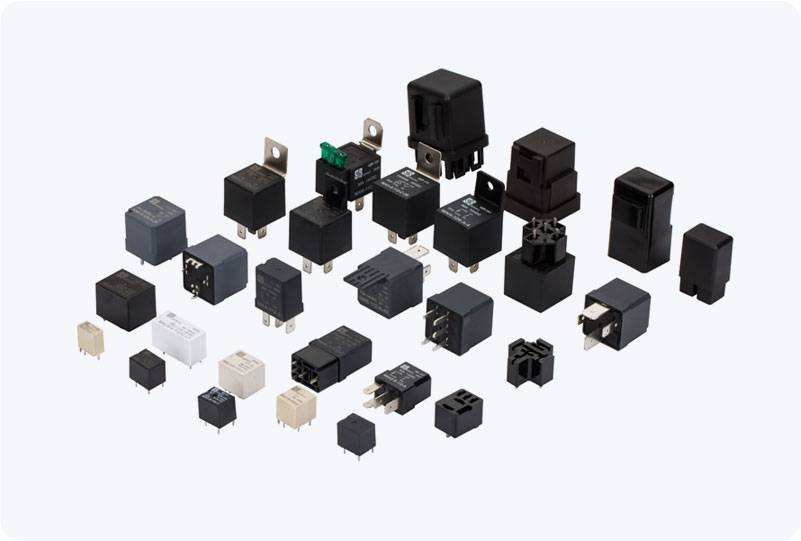Power relays are essential components in electrical systems, used to control the flow of electricity to different parts of a circuit. These devices typically consist of contacts that open and close when the relay is energized. However, one common problem that plagues power relay contacts is welding. Contact welding occurs when the contacts of a relay fuse together due to high heat generated by excessive current or arcing. This issue can compromise the performance of the relay and the overall electrical system, leading to system failure, equipment damage, or safety hazards. To address this issue, effective Power Relay Contact Welding Solutions are crucial in maintaining the longevity and reliability of electrical systems.

Understanding Contact Welding in Power Relays Contact welding is often caused by high inrush currents, frequent switching cycles, or the relay operating under heavy load conditions. When a relay closes, the contacts make electrical contact, allowing current to flow through the circuit. If the current exceeds the contact’s rated capacity or if there is a momentary arc between the contacts, it can lead to high temperatures. These elevated temperatures can cause the contacts to melt and fuse together, resulting in contact welding. Once welded, the relay is no longer functional, leading to electrical faults and potentially costly repairs.